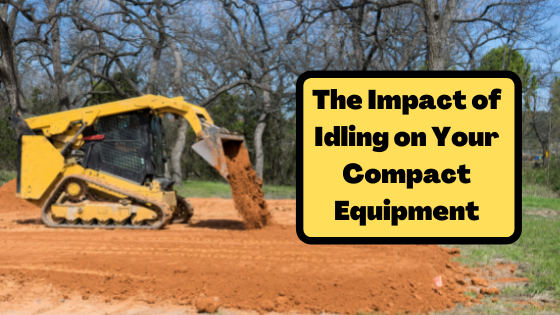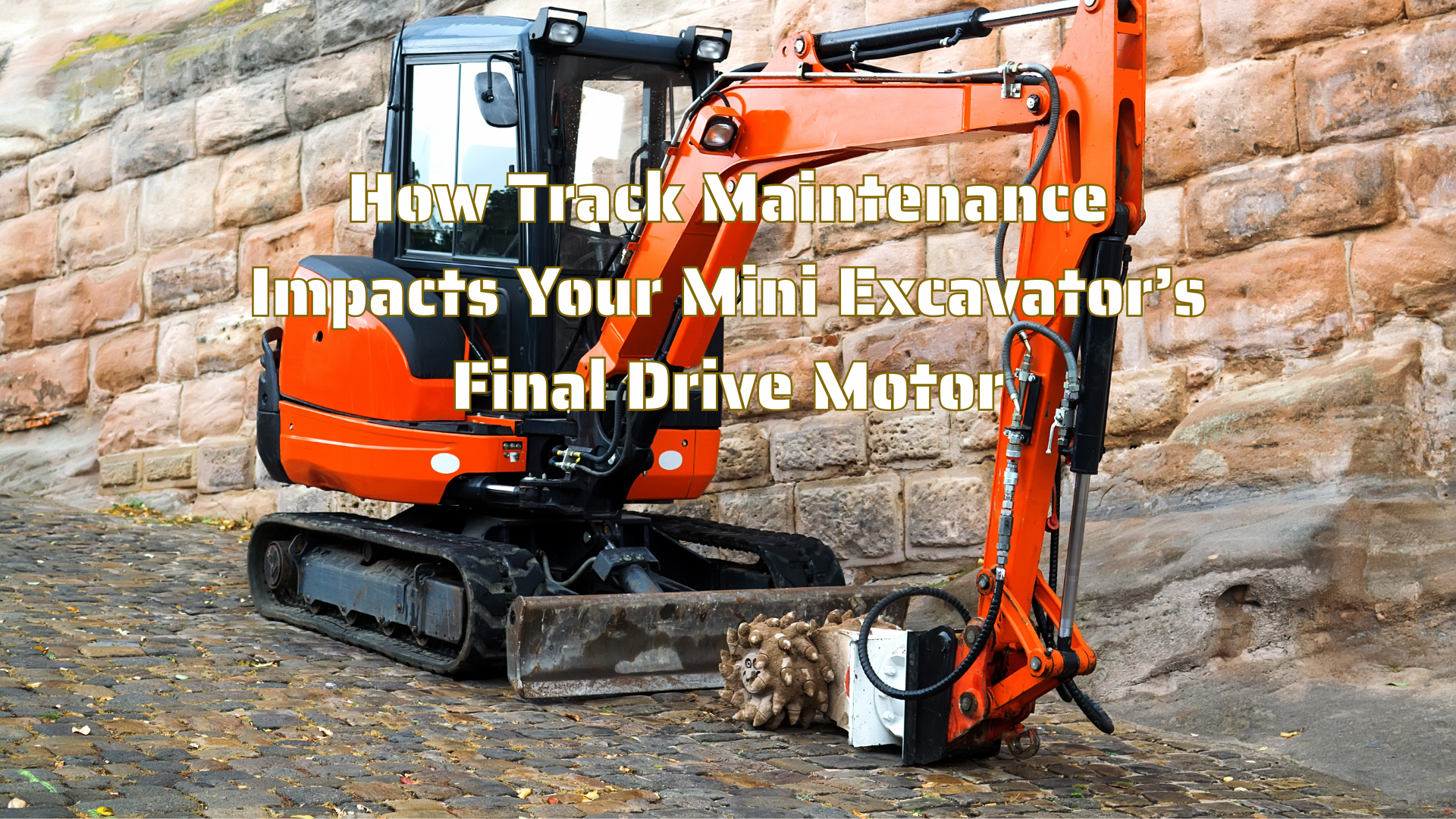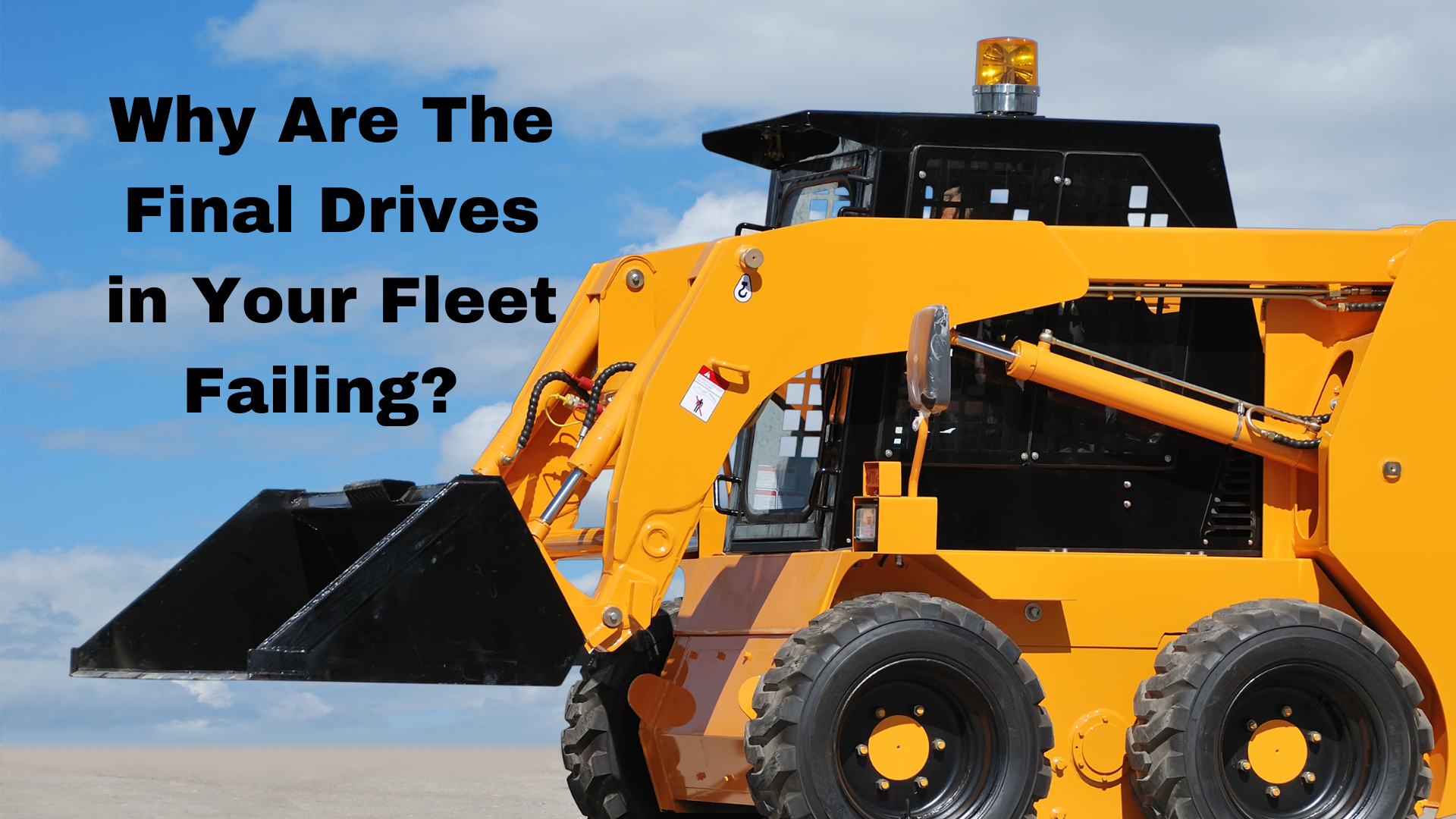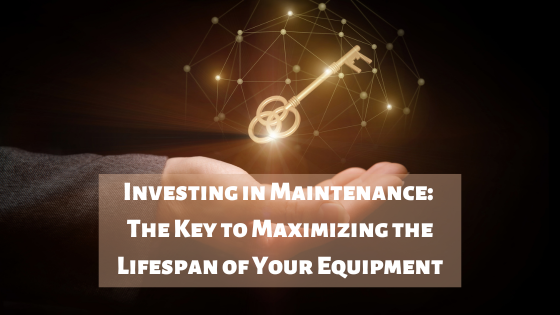The Impact of Idling on Your Compact Equipment
Posted by Jim Strong on Apr 5th 2022
Here's four ways that idling impacts your compact equipment
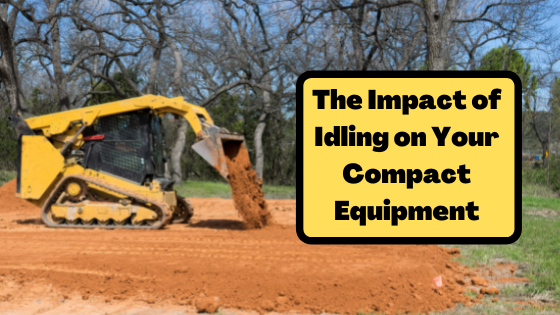
Here are a few other Shop Talk Blog posts you might be interested in:
- 3 Keys To Making Your Bobcat T190 Drive Motors Last
- Excavator Travel Motor Face Seal Damage
- Skid Steer Lift Arm Supports
What effect does idling have on not just fuel costs but your compact equipment in general? Whether you’ve got a CTL, SSL, or mini-excavator, idling is definitely something you should be thinking about -- especially with diesel prices so high.
Fuel Costs
Komatsu estimates that the average amount of time that a machine spends idling is about 40% (based on actual telematics data for their equipment). So for every 100 hours of operation, your equipment could easily be idle for 40 of those hours. If the average diesel engine burns about 0.5 gallons per hour (which is a conservative estimate) when idle, you’ve wasted about 20 gallons of diesel.
With diesel costing about $5 a gallon right now, that $100 spent just idling your machine. You end up burning fuel that isn’t doing any work. And these numbers are even worse for older equipment that isn’t built to modern efficiency standards and for equipment that hasn’t been maintained.
Machine Value
In addition, idling increases the hour meter reading on your equipment. That hour meter doesn’t know if the equipment is actively being used or just sitting there. Another issue with higher hour-meter readings is the impact it can have on your machine’s value when you get ready to sell it. Lower readings typically translate into higher costs for buyers because they indicate how much the machine has actually been used. However, machines left idling can end up with a lower value even if they haven’t actually been used much.
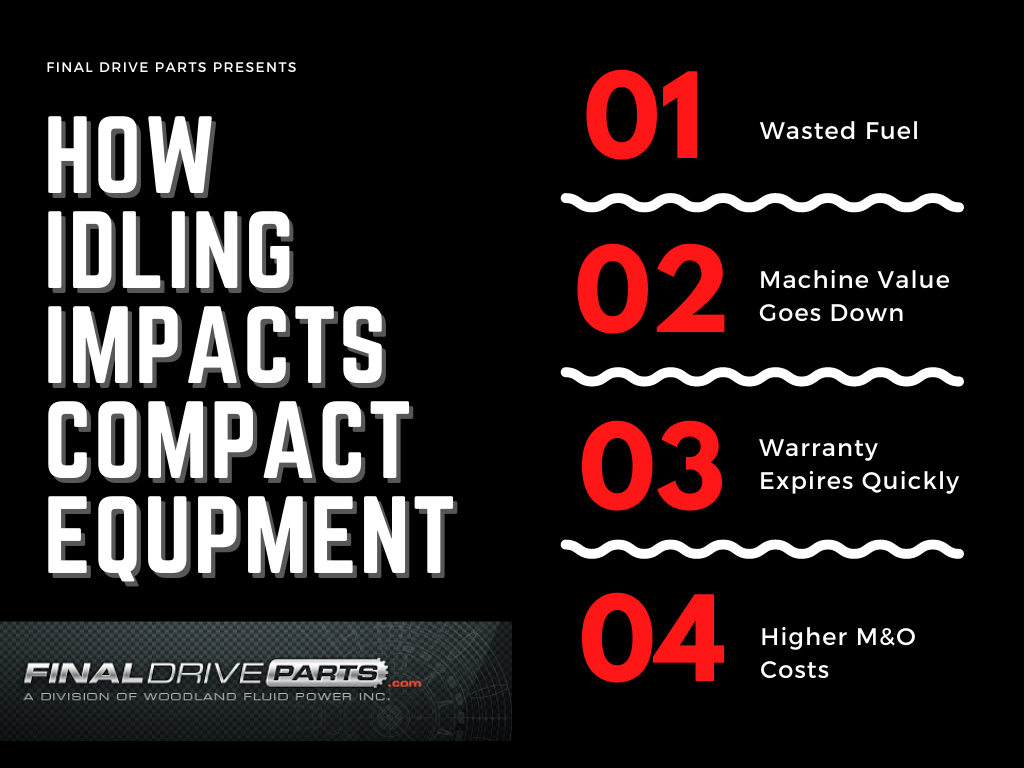
Warranty Coverage
Hour meter readings can also unnecessarily shorten your warranty coverage. This can translate into repair costs that you shouldn’t have to pay otherwise. And when your equipment isn’t properly covered, you aren’t getting the value from it that you should.
Maintenance
Another complication that comes from idling is engine wear. The risk of damage is far lower for newer machines. However, in older machines there can be problems with scarring in cylinder walls and rings leading to compression loss in the crankcase and possibly fuel dilution. Even in new machines, there can be additional maintenance necessary, primarily in connection with soot buildup. And don’t forget that excessive machine hours can accelerate how often your equipment needs preventive maintenance.
Idling and the Real World
We know that you can’t eliminate idling -- but you can minimize it. For example, experts recommend that you limit engine warm up and cool down to no more than 5 minutes, but that depends heavily on the environmental conditions at your site. For compact equipment like skid steer loaders and compact track loaders, avoid idling more than 5 minutes during breaks and when you’re waiting to load/unload.
Another means of minimizing idle time is to try to match the capacity of your equipment so that excessive waiting isn’t involved between loading/unloading -- if you have enough equipment to do so.
Conclusion
We know that idling won’t affect your final drive motors, but it will affect the engines that power them. Minimizing the time spent idling can reduce your fuel costs, better optimize your M&O costs, and help you maintain the value of your compact equipment. And if you need a final drive motor, we've got both new and reman options for all your compact equipment.

